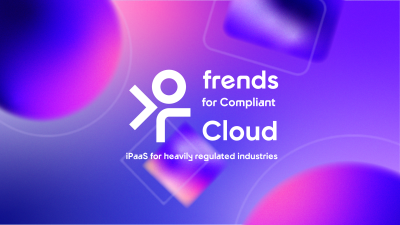Navigating the New Privacy Landscape: Unveiling the EU-US Data Privacy Framework (DPF)
Introduction
As President Biden is on the brink of signing a new Privacy Shield in October 2023, questions and concerns bubble up. The EU-US Data Privacy Framework (DPF), approved by the EU in September 2023, outlines how giants like Meta, Google, and Microsoft should manage data and self-certify their processes. But will this third iteration address the longstanding European concerns over US mass surveillance?
A Glimpse into the Past
The journey began with Safe Harbour in 2000, promising to eliminate indiscriminate mass surveillance. The first Privacy Shield in 2016 aimed to prevent generalized access, but the Schrems II ruling in 2020 nullified it. Now, the DPF emerges as an updated version, allowing registered companies to receive personal data from the EU directly, eliminating the need for additional transfer methods.

Unraveling US Mass Surveillance
Despite classified specifics, whistleblower revelations highlight programs like PRISM, which collect extensive data from major US internet companies for predictive surveillance. The CLOUD Act of 2018 further complicates the scenario, permitting US authorities to access data from US-owned firms on foreign servers, seemingly allowing mass surveillance on EU soil.
How Does DPF Operate?
Transfers to DPF Self-Certified Organizations: DPF permits personal data transfers from the EU to DPF self-certified companies without other transfer mechanisms, backed by the DPF's adequacy decision.
Transfers to Non-Certified Organizations: These organizations must continue performing a transfer impact assessment (TIA) and use Standard Contractual Clauses (SCCs), ensuring alignment with the adequacy decision.
Transitioning from Privacy Shield to DPF: Companies can smoothly transition to the DPF by updating their privacy policies to reference the "EU-US Data Privacy Framework Principles" within three months.
DPF Principles and Enforcement: Similar to the Privacy Shield, the DPF principles have minor differences, and the Federal Trade Commission (FTC) and the Department of Transport (DoT) will enforce the DPF.
Addressing Complaints: A two-tier mechanism is in place for EEA individuals to file complaints regarding US intelligence agencies' data access.
The Role of Integration Platforms
Integration platforms like iPaaS play a crucial role in data transfers between systems, adhering to various regulatory requirements such as GDPR and HIPAA. To mitigate potential risks, Frends Enterprise iPaaS is available on an EU-owned cloud, Cleura, ensuring all data remains within the EU, compliant even with the CLOUD Act in effect.
Conclusion
The intricate world of transatlantic data transfers continues to evolve with the new DPF. Despite attempts to ensure better data handling, concerns about US "spy access" persist. The DPF strives to balance the scales, but the journey towards a fair and transparent data transfer framework is ongoing.
If you're navigating this complex landscape, consider a compliant iPaaS solution. Request a demo of Frends on Cleura today for a seamless and secure data transfer experience.






